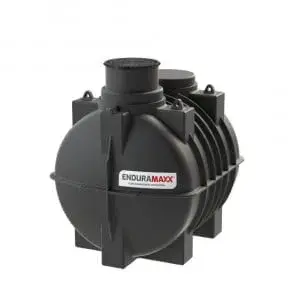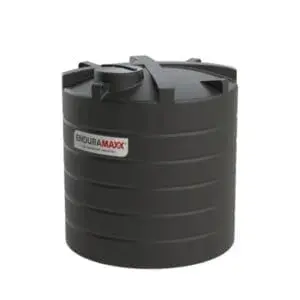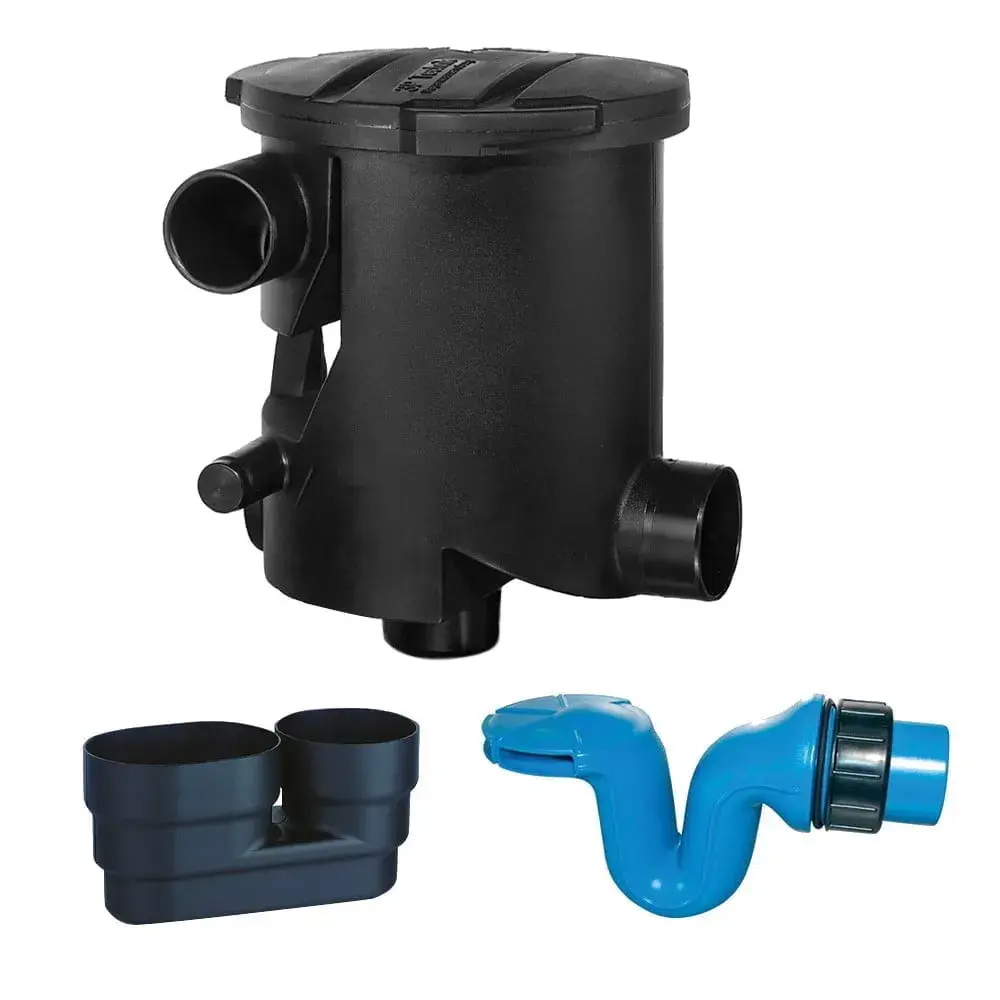Rainwater Harvesting FAQs – rainwater harvesting is the process of collecting rainwater that lands on the roof, or other flat surfaces. This rainwater is then collected in a tank which sits above or below the ground. When water is required in the house or building where the system is installed it draws the water from the external rainwater harvesting tank. Before the water is used it is filtered and treated depending on what the water is used for e.g. flushing toilets, washing clothes or car washing etc.
How Does Rainwater Harvesting Work?
Rainwater harvesting is collecting the rainwater that falls on the roof of buildings, filtering the water, storing it, then using it for uses in commercial or domestic applications. Rainwater tanks either sits below the ground or above ground depending on the installation. When water is required this if generally pumped through a filter system, treated and then pumped to the house or building where the system where the water is to be used. Different water treatment is required for applications such as flushing toilets, washing clothes or car washing etc.
Is The Rainwater Clean?
Depending on the roof which is collecting the water, the filtration system in place and maintenance of the system, this water should be clean. The purpose of a rainwater harvesting system is to produce water that is clean, clear and odourless through filtration. If the water is dirty, it is likely the system is not working correctly and may require maintenance of the filter or the tank to be cleaned.
Can Rainwater Be Drunk?
It is not recommended rainwater is to be drunk. To make the water fit for drinking would require additional equipment and disinfection of the water which can be expensive. A few of the non-drinking applications that you can use rainwater for are gardening, toilets, washing clothes, irrigation & car washing
Is Greywater The Same As Rainwater?
Rainwater is water collected from a roof, during rainfall, which can be stored in rainwater tanks and is generally clean for some uses such as irrigation and dairy washdown. Some applications for uses for rainwater will require filtration and sometimes UV disinfection for uses such as feeding to livestock or for washing machine use.
Greywater is the water from baths, showers and washing machines and the water quality can depend on the source of the water. Care is needed when storing greywater water to prevent the rapid growth of bacteria. The water can also contain detergents, body fats, and hair all of which require removal and disinfection before they can be re-used.
How Do I Know How Much Water is in my Rainwater Tank?
Enduramaxx have a range of tank level gauges for rainwater tanks including cat & mouse level gauges and dial type-level gauges as well as electronic level systems for monitoring the level of water in your rainwater tank. Depending on the height of the tank will dictate whether standard level gauges will work.
How Much Rainwater Should I Collect?
In general, you should collect as much rainwater as possible. Use the following formula for an initial calculation: Roof area (footprint) in square metres x annual rainfall in cubic metres. (650ml = 0.65m3), divided by 12 = average monthly rainfall capture. How much rainwater falls where I live? – View here
Do Underground Tanks Need to be Concreted in?
Posts By Topics
- Blog (303)
- Chemical Storage Tanks (118)
- Chemical Dosing Tanks (114)
- Chemical Tanks (114)
- Water Tanks (58)
- Rainwater Harvesting Tanks (43)
- Vertical Rainwater Tanks (31)
- Vertical Storage Tanks (31)
- Cone Bottom Tanks (19)
- Conical Cone Tanks (18)
- Rainwater Harvesting (17)
- Water Bowsers (15)
- Horizontal Tanks (14)
- Potable Water Tanks (13)
- Farming (8)
- Case Studies (7)
- Industrial Storage Tanks (7)
- Liquid Fertilser Storage Tanks (6)
- WRAS Approved Potable Tanks (6)
- Wine and Beer Production (6)
- Horizontal Transport Tanks (5)
- Microbrewery (5)
- Rainwater (5)
- Category 5 Break Tanks (4)
- Cider Production (4)
- Mixer Tanks (4)
- Polyethylene tanks (4)
- Rainwater Filter Kits (4)
- SPECIALIST & BESPOKE TANKS (4)
- Bunded Tanks (3)
- Molasses Tanks (3)
- Slimline Tanks (3)
- WRAS Approved (3)
- Clarification Tanks (2)
- Crosslinked Polymer Tanks (XLPE) (2)
- Fertiliser Tanks (2)
- Sump Tanks (2)
- Tank Installation (2)
- Water Butt (2)
- underground water tanks (2)
- ACCESSORIES & FITTINGS (1)
- ATV & UTV SPRAYING UNITS (1)
- Above Ground Effluent Tanks (1)
- Bespoke Tank Frames (1)
- Category 5 Turret (1)
- Caustic Soda Tanks (1)
- Closed Top Bunded Tanks (1)
- Craft beer (1)
- Effluent Tanks (1)
- Enduramaxx (1)
- Ferric Chloride Tanks (1)
- Fire Safety Regulations (1)
- Fire Sprinkler Water Storage Tanks (1)
- Industrial Water Tank (1)
- Open Top Bunded Tanks (1)
- Open Top Cone Tanks (1)
- Open Top Vertical Tanks (1)
- Polyethylene Potable Water Tanks (1)
- Polyvinylidene Fluoride (PVDF) Tanks (1)
- Polyvinylidene Fluoride Tanks (PVDF) (1)
- Pressure Washers (1)
- Pro Series Spot Sprayers (1)
- RWH (1)
- Sodium Hydroxide Storage Tanks (1)
- Sprayer Fill-up Tanks (1)
- Uncategorised (1)
- liquid fertiliser tank (1)
Sign up to the newsletter
enduramaxx.marketing
Related Posts
What To Plan For When Installing A Rainwater Tank In The UK
Rainwater harvesting is the collection and storage of rain for a variety of uses. There are a...
Rainwater Harvesting Calculator UK: How Much Rainwater Can I Save?
Rainwater harvesting calculator UK – rainwater harvesting can be carried out on any building...
Domestic Rainwater Harvesting Tanks | Enduramaxx
Domestic Rainwater Harvesting, rainwater harvesting is an effective and eco-friendly method of...
Related Products
From £1,080.00 inc. VAT
£900.00 exc. VAT
From £1,344.00 inc. VAT
£1,120.00 exc. VAT
From £768.00 inc. VAT
£640.00 exc. VAT
£480.00 inc. VAT
£400.00 exc. VAT





